pluto mountains
Pluto is a special type of celestial body located in our solar system. It is classified as a dwarf planet, a designation it received after being initially considered a regular planet. Discovered in 1930 by astronomer Clyde Tombaugh, Pluto completes one orbit around the Sun in approximately 248.09 Earth years. This means that one year on Pluto is equivalent to about 248.09 Earth years.
Pluto is relatively small in size, and its atmosphere is primarily composed of nitrogen. The planet has a moon called Charon, which orbits closely around it. The gravitational interaction between Pluto and Charon influences their orbits, causing them to exhibit a unique dance in space.
The color of Pluto is a mix of red and brown, and its surface appears cold and pristine. Similar to our Moon, Pluto's surface displays craters and other distinctive features.
After its discovery, Pluto was initially considered the ninth planet in our solar system. However, in 2006, the International Astronomical Union (IAU) reclassified it as a dwarf planet. This designation indicates that Pluto is smaller in size and has cleared most other objects from its orbital path. Ongoing research, particularly through NASA's New Horizons mission, which passed by Pluto in 2015, continues to provide new insights into this distant celestial body.
Pluto is a special type of celestial body located in our solar system. It is classified as a dwarf planet, a designation it received after being initially considered a regular planet. Discovered in 1930 by astronomer Clyde Tombaugh, Pluto completes one orbit around the Sun in approximately 248.09 Earth years. This means that one year on Pluto is equivalent to about 248.09 Earth years.
Pluto is relatively small in size, and its atmosphere is primarily composed of nitrogen. The planet has a moon called Charon, which orbits closely around it. The gravitational interaction between Pluto and Charon influences their orbits, causing them to exhibit a unique dance in space.
The color of Pluto is a mix of red and brown, and its surface appears cold and pristine. Similar to our Moon, Pluto's surface displays craters and other distinctive features.
After its discovery, Pluto was initially considered the ninth planet in our solar system. However, in 2006, the International Astronomical Union (IAU) reclassified it as a dwarf planet. This designation indicates that Pluto is smaller in size and has cleared most other objects from its orbital path. Ongoing research, particularly through NASA's New Horizons mission, which passed by Pluto in 2015, continues to provide new insights into this distant celestial body.
-
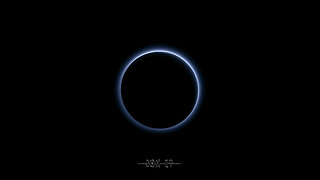 2:10
2:10
SomET
6 months agoSom ET - 35 - Universe - Pluto - Video 3
351 -
 12:25
12:25
ZEEY1
7 months agoWill Pluto be the final habitable planet when the Sun transforms into a red giant? | zeey
44 -
 2:47
2:47
Jaxthagod313
3 months agoDifferent planets
12 -
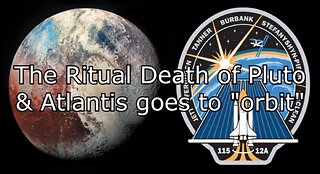 56:21
56:21
CrypticGate
7 months agoThe Ritual Death of Pluto & Atlantis goes to "orbit"
802 -
 0:08
0:08
Misha Fitton Turtle Land 🐢: 𝕏, AI Art, Writing, and New Media Artist
2 months agoPluto is a Planet
3 -
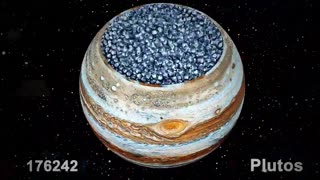 4:15
4:15
Lettyconner
6 months agoSolar System Pluto Size Comparison 2023 _ Pluto
2 -
 8:46
8:46
LegendsMysteryandMore
6 months agoPluto Cave Revealed
77 -
 8:23
8:23
Transiting Astrology
6 months agoTransiting Pluto in square with natal Sun
10 -
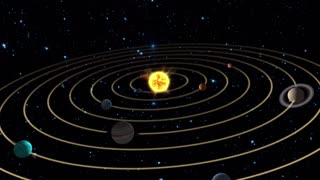 1:45
1:45
NASA ARCHIVES
5 months agoHow Do Planets Get Their Names? We Asked a NASA Expert
105 -
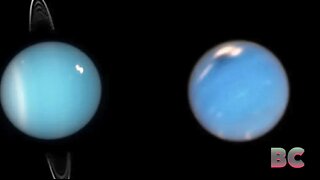 1:24
1:24
B.C. Begley
3 months agoThree tiny new moons spotted orbiting Uranus and Neptune
85